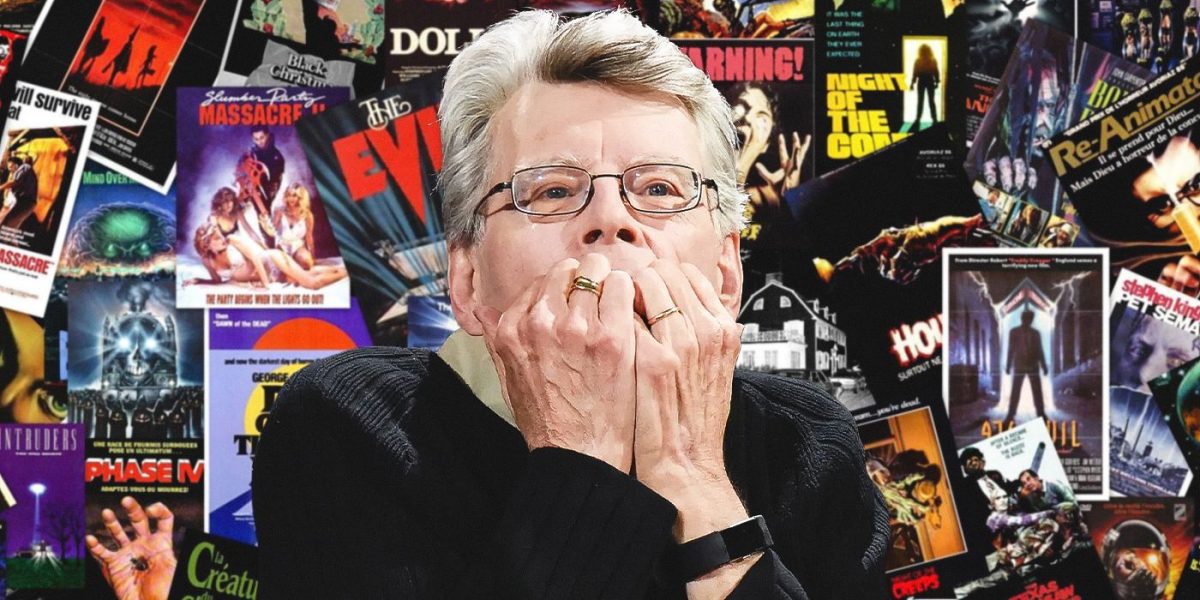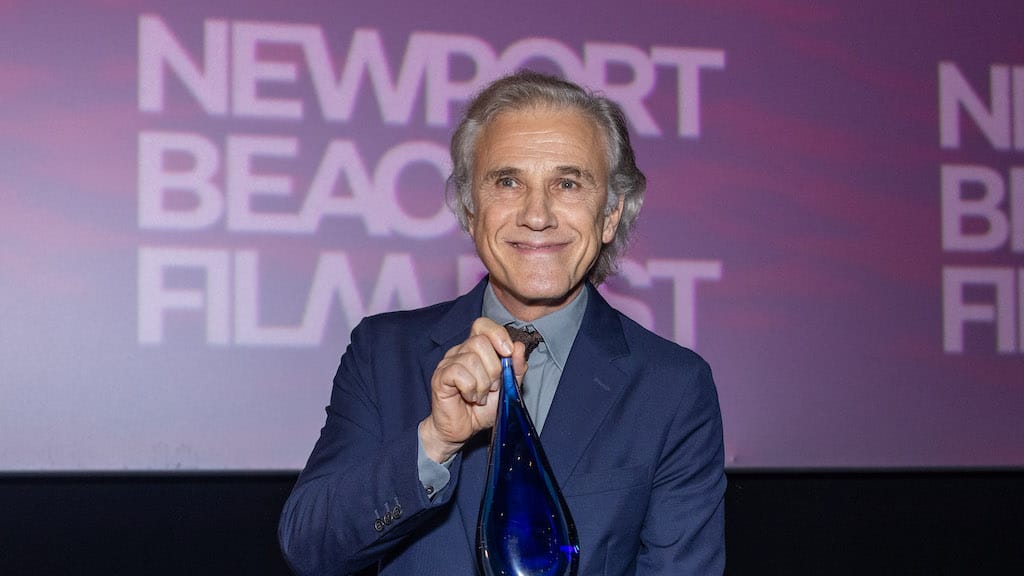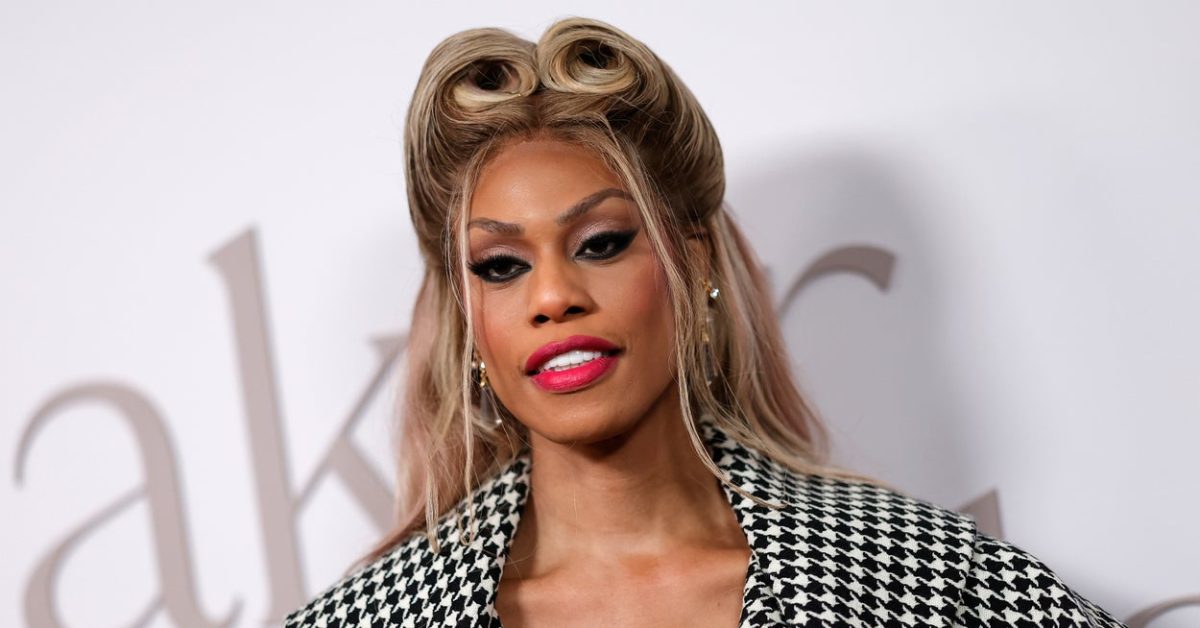
Stephen King Called This Classic Scene the Scariest Moment in Horror History
Jun 18, 2024
The Big Picture
George Romero’s
Night of the Living Dead
revolutionized horror with raw realism and unknown actors, setting the standard for cinematic terror.
Low-budget horror like Romero’s masterpiece terrifies by immersing viewers in an intimate, relatable experience unlike big-budget Hollywood productions.
Stephen King praises the opening scene of
Night of the Living Dead
as horror’s scariest, showcasing the power of simplicity over flashy effects.
The careers of two horror legends who forever changed the history of the genre began just a few years apart. Stephen King is a household name who has written countless novels and short stories that have been transformed into hit films, starting with his first book, Carrie, in 1974. For George A. Romero, his career began in the early 1960s, working for Fred Rogers on Mister Roger’s Neighborhood, as both lived in Pittsburgh. However, it was in 1968, when Romero created the modern zombie with Night of the Living Dead, that his life and career were transformed forever. The film hits in many ways, from its messages about race, to how it tapped into the anxieties of the Vietnam era. Above all, it’s a downright terrifying movie, and horror done perfectly. According to King, one scene in particular is the scariest he’s ever seen and paved the way forward for generations of horror filmmakers to come.
Night of the Living Dead Release Date October 4, 1968 Director George A. Romero Cast Duane Jones , Judith O’Dea , Karl Hardman , Marilyn Eastman , Keith Wayne , Judith Ridley Runtime 96 Writers John A. Russo , George A. Romero
Low-Budget Horror Is Terrifying in Its Realism
In 2008, Stephen King wrote an article for Entertainment Weekly titled “Why Hollywood can’t do horror.” The subheading went into why King thought the modern Hollywood era didn’t know how to make the necessary magic to scare audiences anymore. Although horror has seen a resurgence in recent years, it was a darker time in 2008. The post-Scream slasher boom was over, and the current remake era, while exciting at times, was often seen as lazy and boring. This was also a time before the likes of The Conjuring, Insidious, and Sinister created a new wave. Horror in 2008 was not in a good place, with many entries getting dumped in theaters in January and then forgotten about.
Sometimes a movie would break out during this time, and there was no better example than Bryan Bertino’s The Strangers, an effective fright fest that worked in its simplicity, as it’s little more than a couple (Scott Speedman and Liv Tyler) in their home trying to survive a home invasion from three masked assailants with no known motivation. King loved the movie but didn’t like bigger budget offerings such as The Happening and The X-Files: I Want to Believe as much. The difference came down to budget, as the master of horror revealed that the movies that scared him most like Carnival of Souls, Halloween, The Texas Chain Saw Massacre, Night of the Living Dead, and The Blair Witch Project, all terrified him because little money was put into their creation.
The reason why low-budget horror works best is that it makes for a raw and realistic experience. Watch Wes Craven’s first film, The Last House on the Left, and you’re left uneasy because of the gritty, documentary-style feel. The Blair Witch Project terrified millions in 1999 without showing its monster once because the found footage technique, long before it became overused, took us into the story and made us a part of it. As King astutely puts it, “Horror is an intimate experience, something that occurs mostly within oneself.” The more money that is spent on a movie, the more it starts to feel like just that.
When you see an A-list actor, you’re seeing the performer and not the character. If the movie is slick and glossy looking, we know we’re watching Hollywood art and not a trick of the senses. Night of the Living Dead is the perfect example of how to do it right. George A. Romero’s iconic film is played in black-and-white, even though it didn’t have to be, but that decision makes it come across as dark and hopeless. Watch a color version of the film and it doesn’t hit the same. There’s also the fact that, like with many Romero films, there are no big stars to be found. In fact, most of the cast is made up of people who worked on the film or lived in the area. We’re not looking at that actor who we know from another movie; instead, our brains are completely immersed in seeing the character and nothing more.
According to King, Bigger Movies Demand Bigger Explanations
Image by Jefferson Chacon
Another reason King often appreciates smaller films over larger productions comes down to simplicity. Sometimes the scariest things have the simplest of answers, and King believes studios do too much to hammer home their messages in larger movies.
Big movies demand big explanations, which are usually tiresome, and big backstories, which are usually cumbersome. If a studio is going to spend $80 or $100 million in hopes of making $300 or $400 million more, they feel a need to shove WHAT IT ALL MEANS down the audience’s throat. Is there a serial killer? Then his mommy didn’t love him (insert flashback). A monster from outer space? Its planet exploded, of course (and the poor misunderstood thing probably needs a juicy Earth woman to make sexy with). But nightmares exist outside of logic, and there’s little fun to be had in explanations; they’re antithetical to the poetry of fear.
Indeed, many of the genre’s scariest moments have emerged from unexplained phenomena, or even implied horror, such as the lack of clear answers or concrete shapes in Paranormal Activity that allow the viewer to expand on in their own mind. This approach taps into the primal fear of the unknown or that intimate experience King mentions above, something he often emphasizes in his own storytelling. His approach taps into the primal fear of the unknown — that intimate experience he mentions above — something King often emphasizes in his own works. It’s the ambiguity, the unresolved, and the unseen that can make one’s skin crawl, proving that less truly is more in the realm of horror.
Stephen King Says ‘Night of the Living Dead’s Opening Scene Is Horror’s Scariest
King then dug a little deeper into Night of the Living Dead, calling one moment from Romero’s movie the scariest sequence he’s ever seen. The moment he’s referring to comes at the beginning, when brother and sister, Barbara (Judith O’Dea) and Johnny (Russell Streiner), go to a cemetery to visit their dead mother’s grave. Barbara is creeped out by the place and doesn’t want to be there, but her inconsiderate brother only teases her, hitting us with one of horror’s most famous lines: “They’re coming to get you, Barbara!” As he says this, an older man in a suit begins stumbling toward them from far away, closer and closer. “Look, there’s one of them now,” Johnny teases. Barbara wants to apologize to the man, but by then he’s on them and attacking as the first-ever modern zombie.
Related Stephen King Called This Gory Remake the “Best Horror Movie of the New Century” And he called the classic a “crapfest”!
Johnny is killed by the “ghoul,” as the movie refers to them, and Barbara runs for her life, getting to Johnny’s car and locking herself in, but there is no safety to be found as the keys are in her brother’s pocket. His sister has almost everything she needs for her escape, but she still can’t get away. The car might as well be a coffin, but with a window where the monster can look in. This zombie isn’t a lumbering idiot either, as it picks up a rock and smashes the window. Desperate, Barbara pulls the emergency brake and lets the car coast down a hill where it smashes into a tree. She’s still not out of the woods, but she has enough space to run to that old farmhouse she sees in the distance.
George Romero Set the Path for Other Genres of Horror
Stephen King said this scene “reduced me to jelly” and it’s understandable why it did. This moment in Night of the Living Dead isn’t about jump scares or gore. It’s a simple moment that takes something unimaginable and puts it in a known reality. We can’t comprehend the dead getting up to walk again, but we can envision being locked in a car, hiding from a monster we pray will go away. If that actor we’re living vicariously through isn’t a known name, even better. Imagine a modern remake of Night of the Living Dead, say with Scarlett Johansson playing Barbara. You’re immediately taken out of the insular horror and reminded that you’re watching a Hollywood production.
How her character reacts is just as necessary as not knowing who Judith O’Dea is. Barbara isn’t some badass zombie killer, like someone from The Walking Dead, but a woman in fear who can barely act and spends most of the film screaming or in shock, so much so that our hero, Ben (Duane Jones), tries to slap her back to coherence. Many have found Barbara annoying due to her weakness, but that’s why the movie is so scary. How would a real person act if they just saw the living dead kill their sibling? You’d probably lose it too, lost in your grief instead of picking up a gun and setting off on a zombie-killing spree.
In his article, King wrote, “Horror is an unknown actress, perhaps the girl next door, cowering in a cabin with a knife in her hands we know she’ll never be able to use.” This is Barbara, and the scene of her cowering in the car sets the template for other subgenres of horror. One of the biggest tropes of slashers is that of the final girl, who goes from hiding and crying, emotionally destroyed by what that masked killer is doing to her friends, to being a one-woman wrecking crew who takes the killer down. The more it was used, though, the more it didn’t work. We might love the final girl trope, but when we meet her we can breathe a sigh of relief because we know she will be the one to live and end the madness. There is no sigh of relief in Night of the Living Dead and Barbara is no final girl. She sits in the background unable to fight, and ends up dead at the teeth of her own reanimated brother. Barbara hiding in the car isn’t the moment that toughens her up but is instead the beginning of the end. She’s dead already, and that is terrifying. Don’t believe me? Just ask the King.
Night of the Living Dead is available to stream on Peacock in the U.S.
WATCH ON PEACOCK
Publisher: Source link
Mariah Carey Kicks Off Holiday Season with Puppy Interview
Mariah Carey Kicks Off Holiday Season with Puppy Interview It's tiiiiiiiime!!! Forever dubbed the Queen of Christmas, we all know that Mariah Carey's power grows stronger with every day we get closer to the holiday. This year, we decided to…
Nov 15, 2024
Jennifer Lopez Makes First Onstage Appearance Amid Ben Affleck Divorce
Jennifer Lopez Gets Loud in Her First Onstage Appearance Amid Ben Affleck DivorceJennifer Lopez knows how to dance the night away in style. Nearly three months after the "Jenny From the Block" singer filed for divorce from ex Ben Affleck,…
Nov 15, 2024
Laverne Cox Reacts To Donald Trump’s Election Win
Laverne Cox discussed why she's considering leaving the US following Donald Trump's win in the 2024 election. In a new interview with Variety, Laverne said that she and several friends were considering a move: "We’re doing research on different cities…
Nov 14, 2024
Alexandra Daddario Reveals Postpartum Body 6 Days After Giving Birth
Alexandra Daddario Shares Candid Photo of Her Postpartum Body 6 Days After Giving BirthAlexandra Daddario is embracing new motherhood. Days after welcoming her first baby with husband Andrew Form, the White Lotus alum shared a photo of her postpartum body…
Nov 14, 2024











